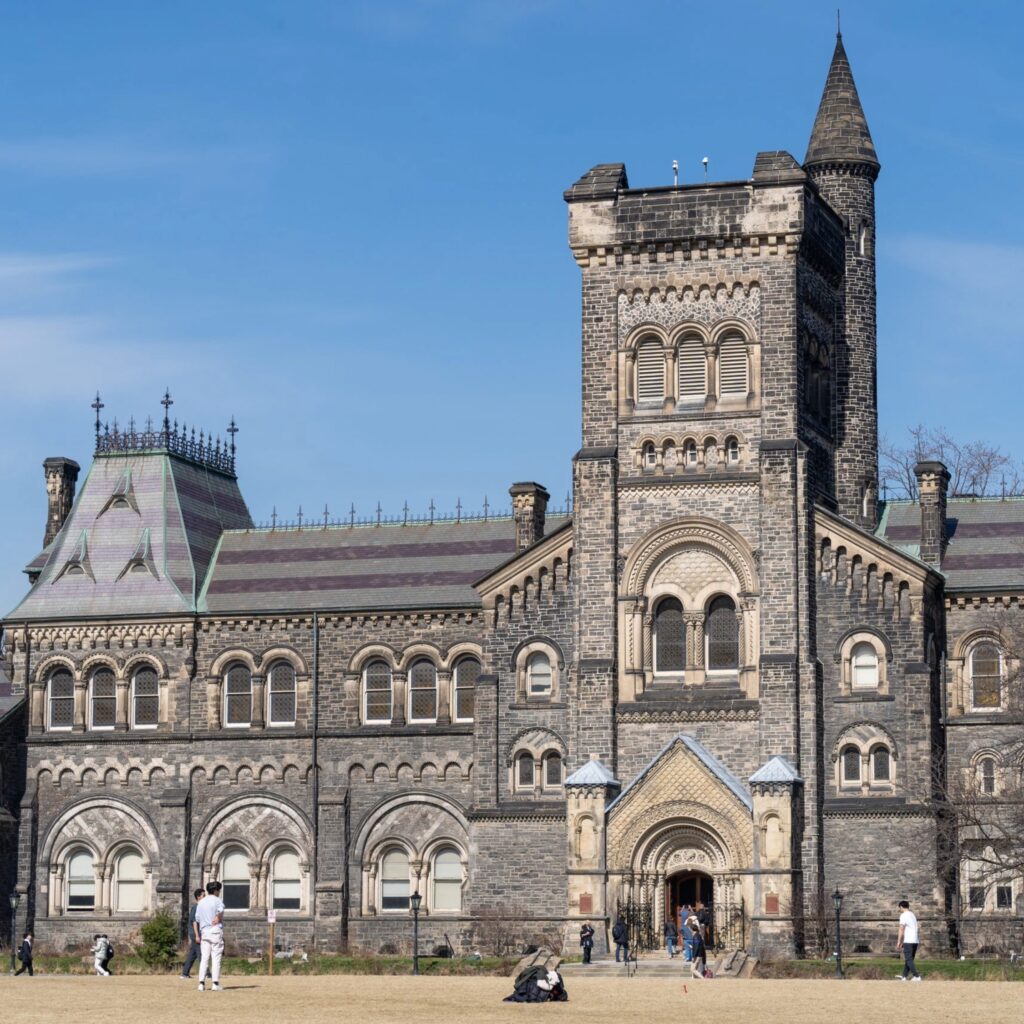Behind U of T’s ‘most sustainable university in the world’ ranking
U of T was recently crowned the world's most sustainable university by the QS Rankings – but what does that mean, and how did the university achieve this?

With Earth Month upon us, what better time to explore what it takes to be the most sustainable university in the world?
That distinction was awarded to the University of Toronto last December. This ranking reflects a university-wide commitment, with the Sustainability Office playing a contributing role. To learn more, we sat down with Scott Hendershot, senior manager of the sustainability office, to understand the rigorous application process, the meaning of this impressive title, a few of the key projects and initiatives that exemplify our achievement, and what the future holds for sustainability on campus.
One of the popular tools utilized by institutions in the QS World University Sustainability Ranking application process is The Assessment of Sustainability Knowledge (TASK). This 112-question assessment assigns a score and grants a certificate demonstrating sustainability literacy. TASK allows universities to measure and showcase their sustainability efforts, potentially strengthening their application for this prestigious ranking.
The QS Rankings recognizes that true sustainability encompasses more than just environmental responsibility, emphasizing a more holistic evaluation of its sustainability efforts across the entire university. Their robust assessment framework delves into over 75 data points, divided into nine “lenses” and further grouped into three main categories: environmental impact, social impact, and governance.
Let’s explore these key categories and some of the U of T initiatives that showcase our commitment in these areas.
Environmental impact
The QS rankings’ focus on environmental impact includes elements crucial to achieving sustainability goals, such as a university’s commitment to better than net-zero carbon emissions (or Climate Positive) and how well it integrates sustainability into its teaching.
“Our success can be attributed to the many ways sustainability is addressed across the university, from initiatives like Project Leap to partnerships with U of T startups,” says Hendershot.
Project Leap is set to cut the St. George campus’s greenhouse gas emissions in half within three years. This ambitious project will significantly reduce the use of natural gas for heating and reuse heat in energy-intensive buildings through deep energy retrofits.
Social impact
Social impact reflects how a university contributes to the well-being of its students, faculty and staff. This includes providing a quality education, promoting equality and ensuring that students are equipped with skills for meaningful careers after graduation.


